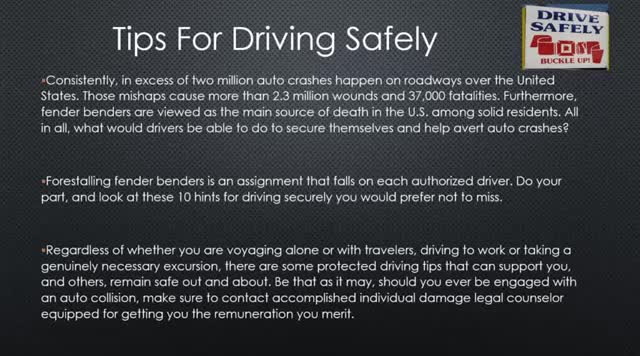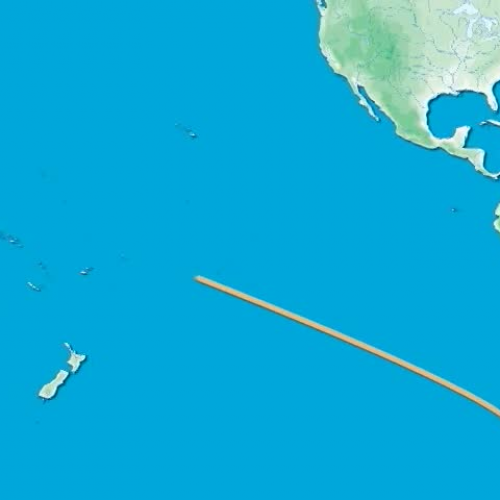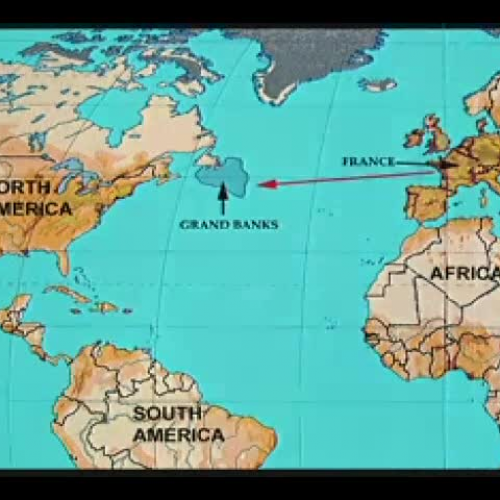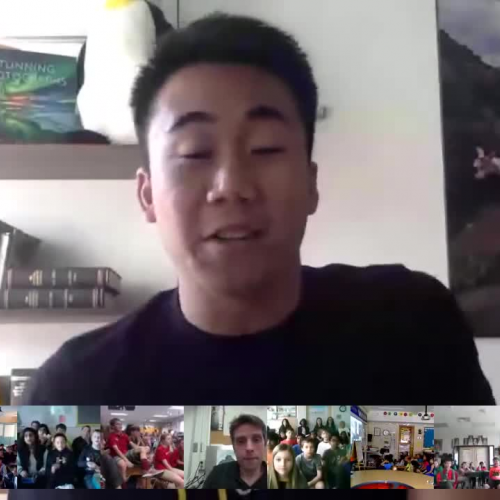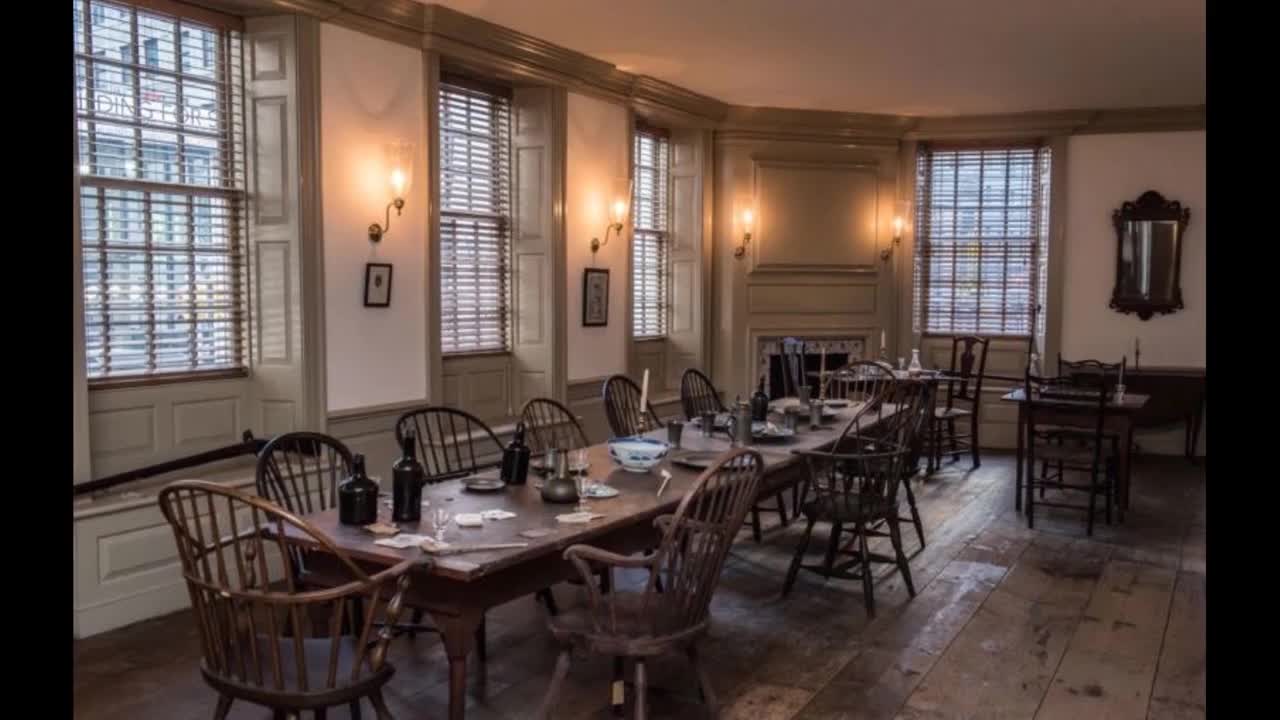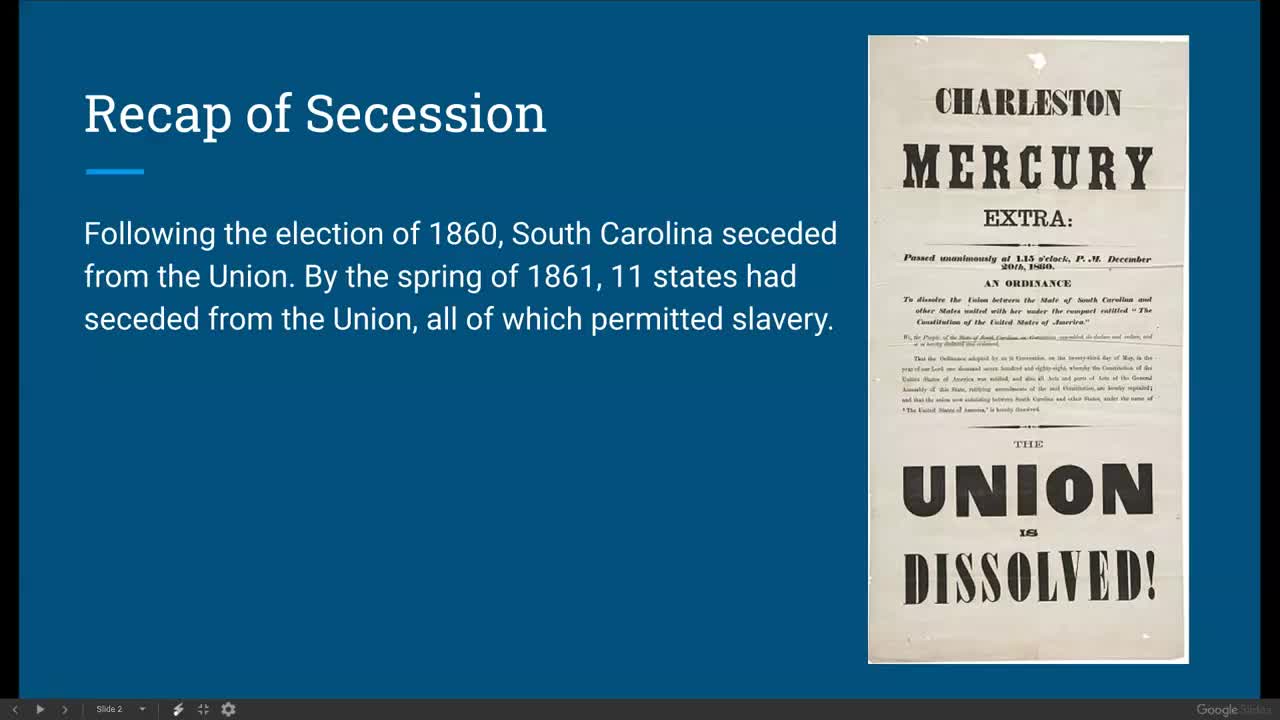Underground Railroad
High School / History / Exploration
We. Ignore. The two children can we think of trouble in the world God's gonna trouble the war to. Almost everyone has heard about The Underground Railroad. What many folks don't realize is that it was not a railroad at all. The Underground Railroad was an organized secret network of abolitionist and free blacks, lending their assistance in helping slaves find freedom. They offered runaway slaves a place to hide and to sleep, during their journeys north to the free states. Many of these shelters were tunnels, sheds, and people's homes. The Underground Railroad began roughly around the 1820s, and continued right up until the Civil War. Runaway slaves fled the southern states and risked everything for a better life in northern territories. Ohio, Indiana, Pennsylvania, and Canada were the most popular places to live. The free blacks living in the north played the biggest part in the planning and execution of escapes. In most cases, slaves needed to find their way to the borders of the free states. And from there, the organized networks guided them to safe shelters where they could eat and sleep before heading further north. Even though runaway slaves made it to a free state, they still were not guaranteed freedom. However, northern states created stronger personal liberty laws, making it increasingly difficult for slave owners to recover their escaped slaves. In 1793, and again, in 1850, a civil laws were passed by Congress, known as the fugitive slave laws. These laws guaranteed a slave owner that if his slave was captured in the north, that slave would be returned to him. Many slave hunters began chasing runaways into the north and along The Underground Railroad routes. Legend has it that The Underground Railroad got its name when a fugitive slave suddenly vanished while being hunted by slave chasers. One of the slave chasers commented, he must have gone on an underground road. Soon after, the network of abolitionists and free blacks referred to those who provided 8 inch shelter as station masters or conductors. Holmes and hideouts were called stations and depots. Runaways began using terms like catching the next train when they talked about escaping. Northerners would be told to expect packages or freights. Runaway slaves were referred to as passengers, while en route to the north. One of the most popular conductors of The Underground Railroad was Harriet Tubman. Harriet Tubman was born around 1821 and lived as a slave in the south until 1849 when she escaped to freedom. She made it safely to Philadelphia, Pennsylvania, and learned of The Underground Railroad. Tubman returned to the southern states to rescue as many slaves as she could at great risk to her own life. She helped roughly 300 slaves gain their freedom by leading them to the northern states. Harriet became known as the Moses of her people. Tubman was a tough woman who threatened, tired and exhausted slaves with a loaded pistol in order to keep them moving. The president of The Underground Railroad was levied coffin. Levi coffin helped almost 5000 runaways, gained their freedom. He had slaves in his home for over 21 years. His home was known as the grand central station of The Underground Railroad. The secret network of houses and routes the slaves used to find freedom were known through songs. The song followed the drinking gourd, was really a hidden message that gave fugitives directions on which way to head to freedom. Follow the drinking gourd, follow the drinking gourd for the old man is waiting to carry you to freedom. If you follow the drinking gourd, when the sun comes back and the first quail calls follow the drinking gourd for the old man is waiting to carry you to freedom. If you follow the drinking gourd, the river bank makes a very good road. The dead trees will show you the way. Left foot take foot traveling on, following the drinking gourd. The drinking gourd was another term for the big dipper, the tip of the big dipper always points to the north star, telling runaways which direction they should head. Follow the drinking gore follow the drinking gourd for the old man is a way before the cab here to freedom follow the drinking goal all the drinking going far the drinking God the old man is waiting for the coward freedom follow the drink and go when the sun comes back and the first quill calls follow the drinking gourd for the old man is a waiting for the cab for you to freedom I know the drinking go home follow the drink didn't go follow the drinking God the old man is waiting for the carrier to freedom follow the drinking goal the river bank would make a mighty good road. We'll show you the way left foot pig foot traveling on the drinking door follow the drinking garden follow.
What is commonly called the Underground Railroad has become what may well be thought of as having grown to legendary status here in Maine. Despite this it may often be heard by a number of imperative and influential people that it in all probability never existed in this state at all. But to those of us who have seen some of the physical proof that still remains from this endeavor, this statement merely indicates a lack of any reasonable research being done by the architect of the statement. For evidence of the Underground Railroad is all around, at least in the southwest corner of the state and that which exists in Brunswick and Topsham may well be some of the best there is still in existence.
Though it was known as the Underground Railroad, it was not of course actually underground -- but was more a string of safe houses with secret passwords and secret signs to be recognized and utilized by the runaway slave to help them along their way to freedom in Canada. Despite this, it is thought that in Brunswick and Topsham, it was actually in parts underground, utilizing tunnels, which ran between safe houses. These tunnels were constructed of carefully laid red brick with vertical side walls, a vaulted top and a flat brick paved bottom up to some 5 feet wide which would allow the easy passage of individuals on foot as well as a horse and buggy if desired, at least in the Topsham portion of the tunnels.
Concerning the legends:
The legend of the tunnels, as I have been told in bits and pieces by an assortment of people over the years, when put together, seems to provide a plausible explanation for this large and complex housing and transportation system. How much of it is true will only be determined if the loose ends which remain are carefully investigated and explored. It hasn?t happened in the last 140 plus years, and the "it's there / it?s not there? argument rages on, but I still hold out hope, which might just prove to be a national treasure, will sometime soon receive the concentration it deserves. While some parts are known to be true, others are plausible, and all need more research and study. The population of Maine exhibited a broad range of positions on the elimination question with both sides being well represented as well as throwing in a good number whose minds were not made up. With this divided view secrecy was necessary for any hard work to aid escaping slaves along their way to Canada and freedom.
Brunswick and Topsham were a center of trade and transportation in the time due to its location at the falls in a huge river, which prohibited deep draft vessels from continuing upstream. Cargo must be unloaded from the large vessels to smaller, shallower draft vessels for continuation to towns upriver or provided to dealers and suppliers to be presented for sale in Brunswick / Topsham shops, which were well frequented by those that lived upriver - Durham, Lisbon, Lewiston, Auburn, etc.
Bath, a center of transportation as well, was pro-slavery as were most of the larger towns along the coast as the affluent of these communities were shipmasters and shipyard owners. This acceptance of slavery was the result of their dependence on the slaves of the south to produce the cotton so desperately needed by Europe. Their fortunes relied a great deal upon the transportation of their construct, which in part made many of them very well to do for the period. Brunswick / Topsham though divided on the issue and as well a producer of ships for this business harbored many with a strong abolitionist view and less of a population percentage which directly dealt with the South, this being a trade and production based area.
Thanks for watching!


